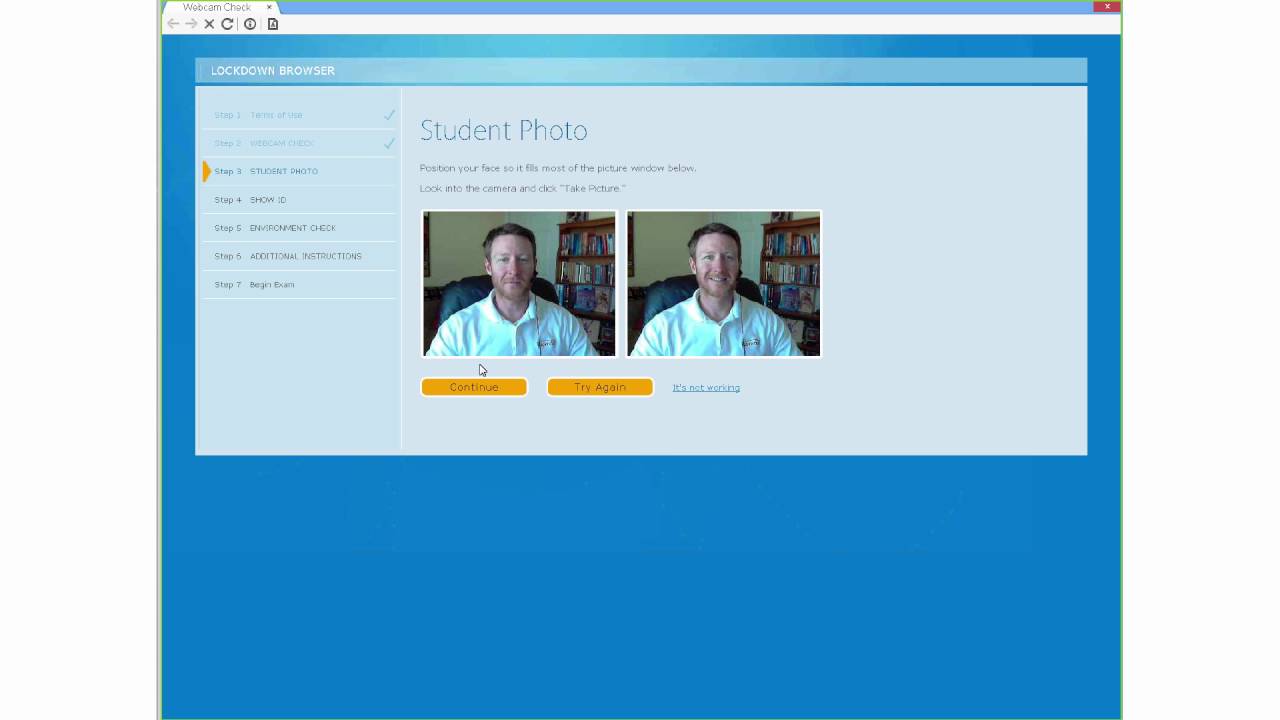

Problems are graded automatically with partial credit and immediate feedback available. The algorithmic problems ensure that each student gets a different combination of problem parameter values. These banks allow an instructor to assign problems from the book with students submitting their answers via an online interface. Textbook publishers have created online algorithmic problem banks for books that have high enrollment. The goal of this study is not to necessarily recommend one tool, but to bring important information into one place to make it easier for instructors to compare and select the tool that will work for them, their students, and their course. The case studies will be based primarily on instructor experiences, however, student feedback will be provided when available. Finally, the author will select a tool from each category and provide additional details through case studies. Some of the comparisons within a category will include cost, detailed features specific to the category, instructor interface, and student interface. Then the tools in each category will be compared based on publically available data. The categories will include plagiarism checking, assignment creation with feedback, assignment feedback and rubrics, and automatic grading for specific assignments.

First, each tool will be categorized based on features. This paper will review commercially available products that can assist or automatically grade assignments and provide feedback to students.

While each of these tools has the potential to reduce the time spent by instructors, providing effective, timely feedback to students should still be the focus.

GradeScope), and tools for very specific assignments such as automatically grading coding assignments (e.g. TurnItIn, SafeAssign), commercial tools for feedback (e.g. Blackboard, Moodle), third party plagiarism checking (e.g.
#How to download respondus lockdown browser fairfield software
Of the available tools, some are provided within course management software (e.g. There are multiple tools available that have varying capabilities and cost. It can be a daunting task to identify, compare, and select a tool to assist with the task of providing feedback and grades to students. Examples and actual experiences from using an LMS in this way are presented. This paper presents best practices for time-constrained educators to use an LMS for supporting academic honesty and protecting honest students. These LMS features can rapidly be deployed to investigate suspected cases and provide solid evidence to punish academic dishonesty. University IT staff may be able to access additional LMS data if misconduct on a wider scale is suspected. The LMS reporting features can be used to research a student's access of an assignment, compare IP addresses with those of other students in the course, and check the IP address location against the likely location of the student. Time limits for completing assignments, using randomized algorithmic problems, randomizing question selection, including conceptual short answer questions, and using an online proctoring service for exams are all methods of deterrence.Īcademic misconduct can be detected through the capture of Internet Protocol (IP) addresses and time stamp activity tracking features of LMS systems. Various settings in the systems combined with strategies in designing online assignments discourage students from using unauthorized aids and hamper their ability to share answers. LMS systems also offer ways to limit students' ability to cheat on assignments. Educating students about the policies can assist instructors in deterring academic dishonesty, disproving later claims of policy ignorance, and prosecuting misconduct. The LMS can be used to prove students have received training about academic honesty standards and the sanctions for misconduct. Students can be required to sign, scan, and upload a document specifying the policies and sanctions for that course. There are various ways to use a course Learning Management System (LMS) to educate students about what constitutes academic dishonesty, school and instructor policies regarding academic dishonesty, and the sanctions that will be levied for academic dishonesty.


 0 kommentar(er)
0 kommentar(er)
